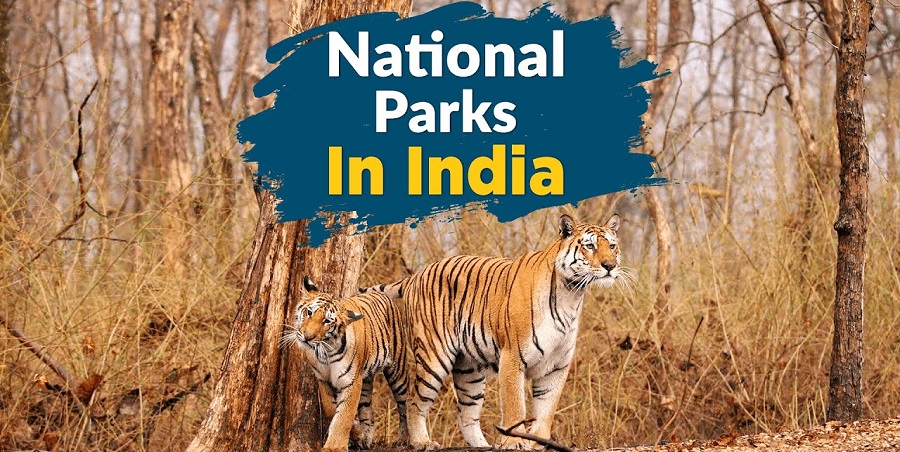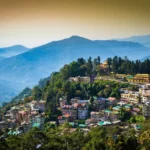National Parks in India: India is a land where peacocks dance and tigers roam, symbolizing a deep connection between life forms. Forests have shaped our beliefs and taught us the importance of living in harmony with nature.
As modernization advances, urban expansion disrupts this balance, encroaching on natural habitats. Still, many feel the need to reconnect with the wilderness. India’s forests, preserved as national parks, offer a sanctuary to do just that.
These parks are reminders of a time when the Earth was wild. Visiting them allows you to experience life in its purest form and reconnect with nature.
1. Jim Corbett National Park
Located in Uttarakhand, Jim Corbett is India’s oldest national park and the first to be part of Project Tiger, aimed at protecting Bengal tigers. The park is divided into six zones, each offering distinct wildlife experiences. Dhikala is known for its vast grasslands where tigers and elephants are often spotted, while Dhela is popular for birdwatching and leopard sightings. Activities like safaris, birdwatching, river rafting, and trekking are available.
Jim Corbett is open from November to June, with a budget range of ₹8,000 to ₹15,000 per person, covering accommodations, safaris, and meals, offering an immersive wildlife experience.

2. Kaziranga National Park
In Assam, Kaziranga National Park is a UNESCO World Heritage Site, famous for housing the largest population of Indian one-horned rhinoceroses. The park’s wetlands, nourished by the Brahmaputra River, are also home to elephants, tigers, and over 500 bird species. Visitors can experience jeep and elephant safaris, birdwatching, and boat rides.
Read this also: 10 Benefits of Getting Up Early in the Morning
Open from November to April, Kaziranga’s natural beauty and rich biodiversity make it a must-visit. A budget of ₹10,000 to ₹20,000 per person includes accommodation, safaris, and meals.
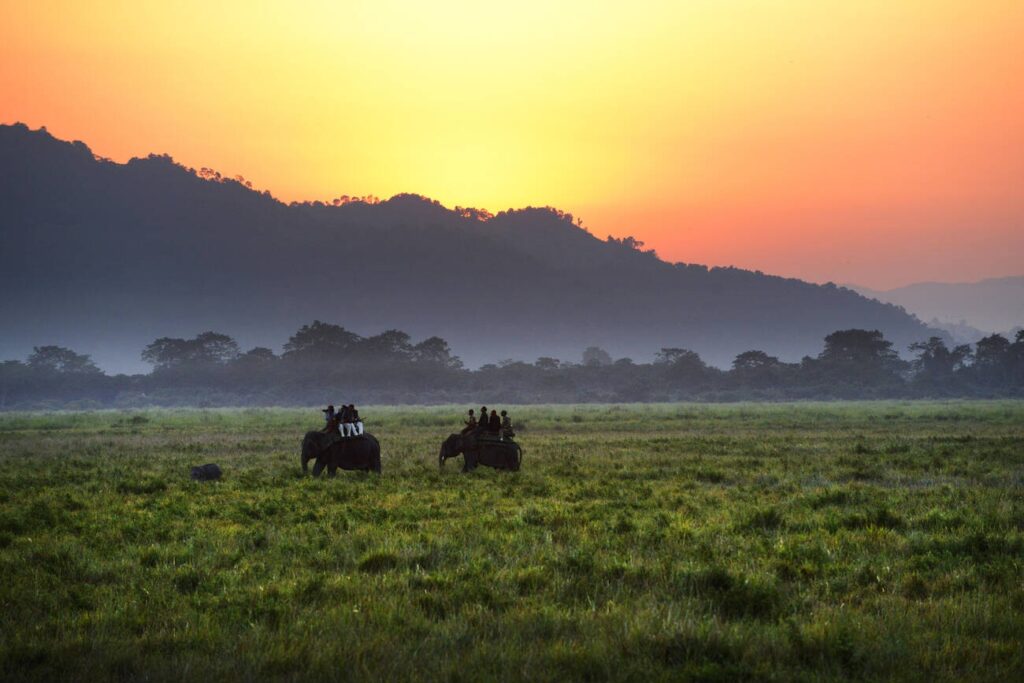
3. Sundarbans National Park
Located in West Bengal, Sundarbans is the world’s largest mangrove forest and home to the elusive Royal Bengal Tiger. This UNESCO World Heritage Site also shelters saltwater crocodiles, deer, and rare species like fishing cats. The best time to visit is from October to March, and boat safaris provide a unique way to explore the park’s winding waterways.
With a budget of ₹7,000 to ₹12,000 per person, including lodging and meals, Sundarbans is an enchanting destination for nature enthusiasts.
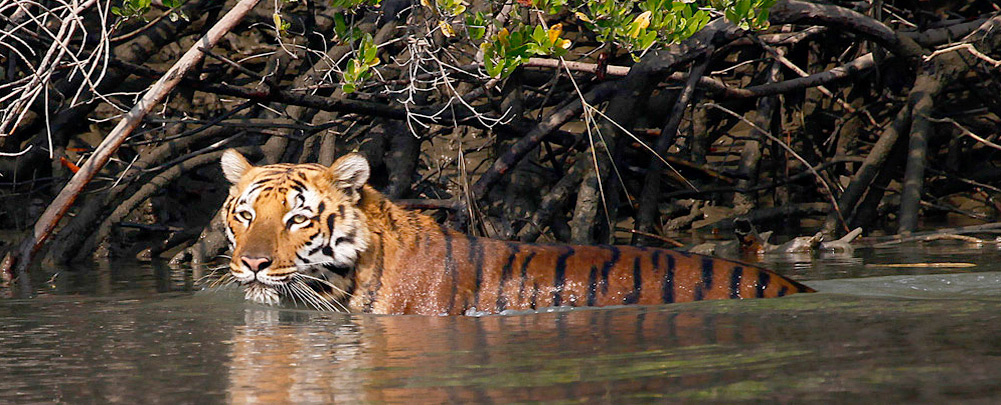
4. Gir National Park
Set in Gujarat, Gir is the only place in the world where Asiatic lions can be found in the wild. This dry deciduous forest also supports diverse wildlife such as leopards, hyenas, and the Indian gazelle. Jeep safaris offer visitors a chance to see the lions in their natural environment.
Read this also: Indian Breakfasts: Nutrient-Packed Offerings to Maintain a Healthy Lifestyle
The best time to visit is from December to March, with an estimated budget of ₹10,000 to ₹18,000 per person, including accommodation and safaris. Gir offers a one-of-a-kind experience for those eager to observe these majestic lions.
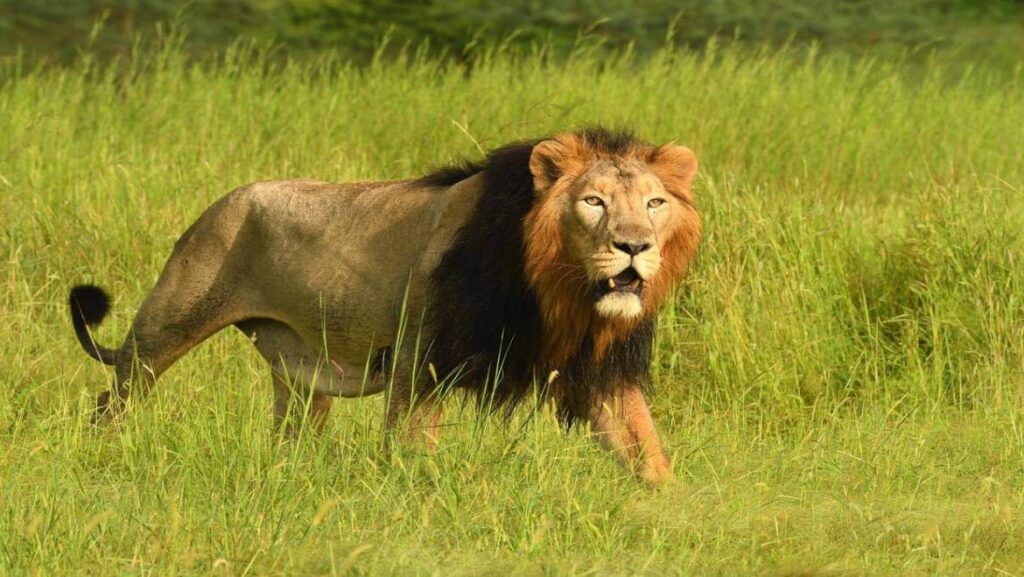
5. Ranthambore National Park
Located in Rajasthan, Ranthambore is renowned for its Bengal tigers and the ancient Ranthambore Fort, which sits within the park. This area is also home to leopards, sloth bears, and striped hyenas.
Open from October to April, visitors can partake in wildlife safaris and explore the historic fort. With a budget of ₹9,000 to ₹17,000 per person, including lodging and food, Ranthambore offers an adventurous trip to one of India’s iconic tiger reserves.
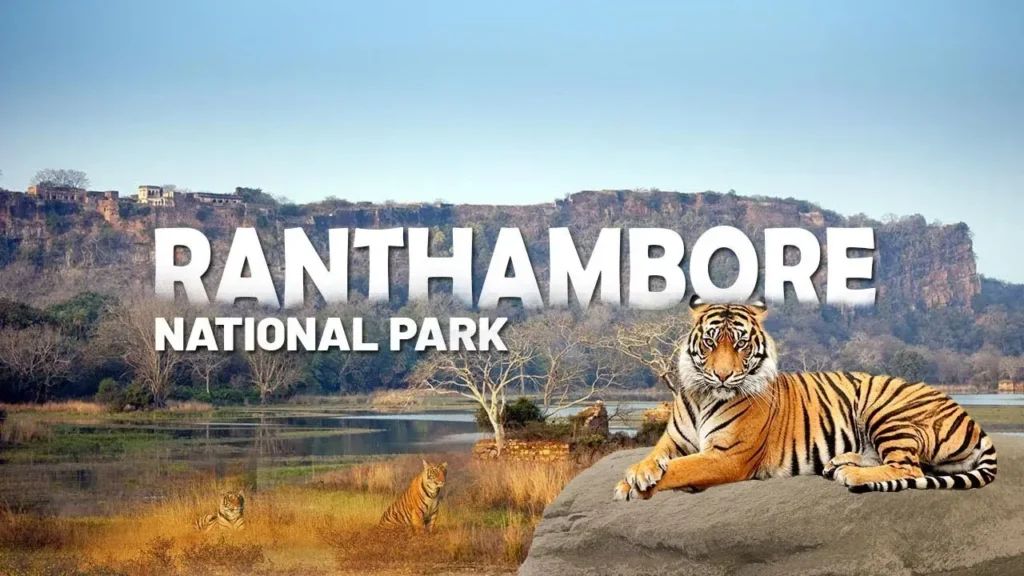
Significance of Indian National Parks
Indian national parks are not only vital for conserving biodiversity but also play a crucial role in maintaining ecological balance. They protect endangered species, support sustainable tourism, and preserve the cultural heritage linked to India’s wilderness. These parks also serve as natural sanctuaries, fostering awareness about environmental conservation.
Read this also: Microplastics in Our Bodies: A Growing Health Crisis
Why Must One Visit National Parks?
Visiting national parks offers a chance to reconnect with nature, observe wildlife in their natural habitats, and contribute to conservation efforts. It promotes eco-tourism and educates visitors on biodiversity and the importance of preserving ecosystems.
Other Indian National Parks and Wildlife Sanctuaries
- Kanha National Park (Madhya Pradesh)
- Bandhavgarh National Park (Madhya Pradesh)
- Periyar Wildlife Sanctuary (Kerala)
- Manas National Park (Assam)
- Pench National Park (Madhya Pradesh)
- Tadoba Andhari Tiger Reserve (Maharashtra)
- Nagarhole National Park (Karnataka)
- Sariska Tiger Reserve (Rajasthan)
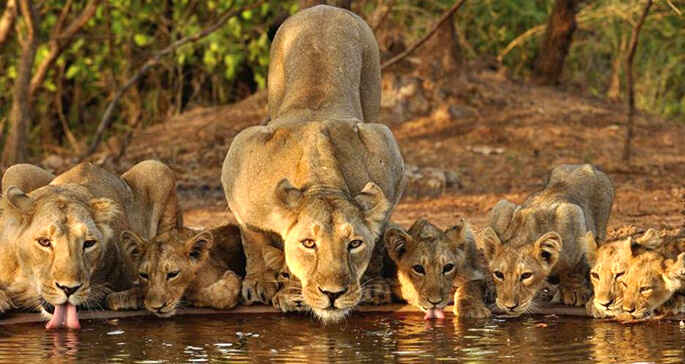
General Code of Conduct at National Parks
When visiting national parks, it is crucial to follow certain guidelines to ensure a safe and respectful safari experience:
- Maintain a safe distance from wildlife to ensure both your safety and theirs.
- Limit photography and avoid using flash, as it can stress the animals and damage their eyes.
- Refrain from littering and dispose of your waste responsibly by carrying it with you.
- Abide by the park’s regulations and remain on designated paths.
- Never feed the animals or interfere with their natural behaviors.
- Keep noise to a minimum to avoid disturbing the animals and the environment.
- Respect the natural surroundings, including the flora.
- Always follow the instructions provided by your safari guide.

